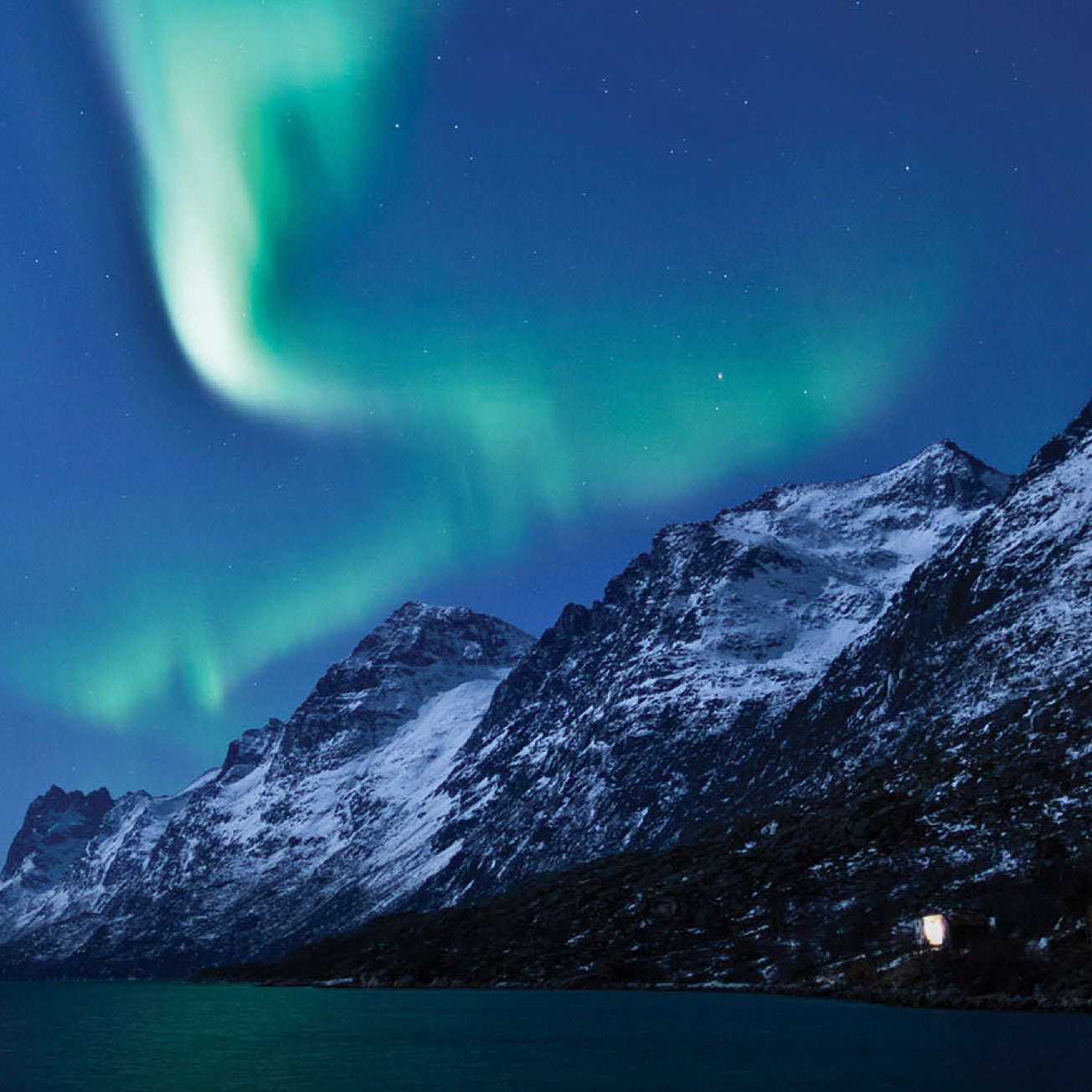
Member Since 1995
Emily E. Brodsky
Professor, University of California Santa Cruz
Professional Experience
University of California Santa Cruz
Professor
Education
Doctorate
2001
Honors & Awards
Publications

Precursory Locking Precedes Slip Events on Laboratory Fault
Earthquakes occur through repeated cycles of locking and slip. What is the relationship between transiently locked patches and the size, location, ...
February 22, 2025

The Influence of Fault Geometrical Complexity on Surface Rup...
October 16, 2024

Seismological Indicators of Geologically Inferred Fault Matu...
September 30, 2023

Using Deep Learning for Flexible and Scalable Earthquake For...
August 31, 2023
AGU Abstracts
The SZ4D MultiArray: An On-Shore/Offshore Network for Integrated Observations of Subduction Zone Geohazards
INTEGRATED LARGE-SCALE MULTIDISCIPLINARY GEOPHYSICAL FIELD EXPERIMENTS/CAMPAIGNS I ORAL
seismology | 13 december 2024
Diana C. Roman, Emily E. Brodsky, Mark D. Behn, Ma...
Solid-Earth geohazards, including earthquakes, volcanic eruptions, landslides, debris flows and floods, have cost over 1 trillion dollars and a half a...
View Abstract
The competition between roughness and strength for scale-dependent surfaces
CRUSTAL DEFORMATION AND HETEROGENEITY FROM LABORATORY EXPERIMENTS TO LARGE EARTHQUAKE CYCLES II ORAL
mineral and rock physics | 12 december 2024
Emily E. Brodsky, Valere Lambert
Rocks famously have scale-dependent strength, yet the actual dependence is notoriously hard to measure or incorporate in any theoretical framework. Na...
View Abstract
Precursory Locking Precedes Slip Events on Laboratory Fault: Untangling the Relative Roles of History and Geometry in Governing the Next Earthquake
FAULT COMPLEXITIES AND THEIR ROLE IN NUCLEATION AND RUPTURE PROPAGATION: INSIGHTS FROM THE LABORATORY, FIELD, AND MODELING II POSTER
seismology | 12 december 2024
Will Steinhardt, Emily E. Brodsky
Earthquake nucleation can involve locking or preslip. Both are influenced by geometry and slip history, and untangling the role of each can be difficu...
View Abstract
Volunteer Experience
2022 - 2023
Member
Macelwane Medal Committee
2018 - 2021
Associate Editor
Reviews of Geophysics
2017 - 2019
Member
Union Fellows Committee
Check out all of Emily E. Brodsky’s AGU Research!
View All Research Now





